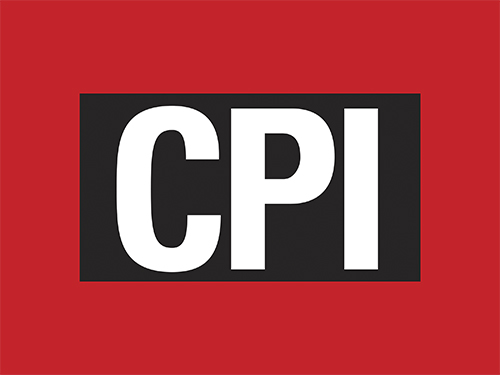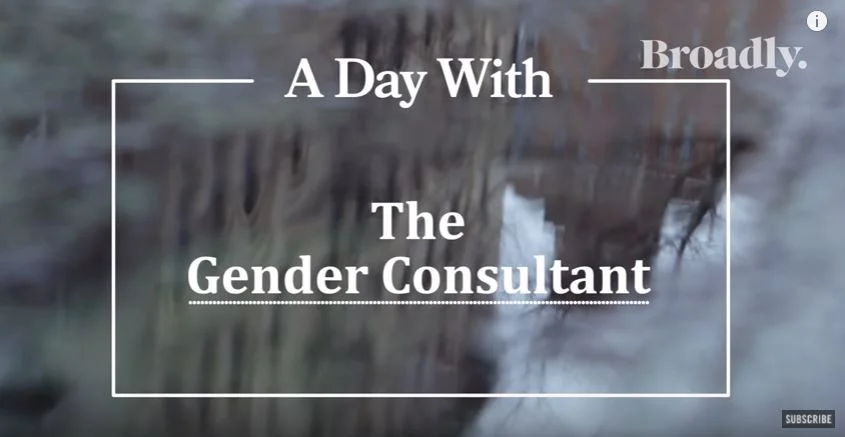About
LaTableRonde As its name suggests, it has no head, implying that everyone who sits there has equal status. The other obvious association is that of King Arthur and his chivalrous and brave knights who led the defense of Britain against the Saxon invaders in the early 6th century. In the end the Saxons merged with the Angles to form the first United Kingdom of England. Another reference that appealed to us is that it is also the name of a journal founded in the 1950s by right-wing intellectuals associated with Action française an organization, which because it had collaborated with the Vichy Govt. had been dissolved in 1944 and then reformed it in 1947. The journal was meant to counter the influence of Sartre Les Temps. What this mix is meant to suggest is that LTR is premised on the open, nonhierarchical expression of opposing opinions with a view toward informed exchange.
(LTR) is a forum for the discussion of contemporary social and cultural issues. LTR organizes six un-moderated roundtable discussions that provide 30 participants the opportunity for informal intellectual exchange on a pre-arranged topic in pre-defined timeframes of 90 minutes. Each roundtable consists of 20 people invited by the prompter who frames the topic and 10 people invited by CPI. No one is introduced or informed of the identities of the participants at each roundtable so that the topic of discussion is not compromised. Last year we had 126 participants attend five such events. While these sessions are recorded and transcribed, the material is not posted electronically; instead, it is distributed to participants with the instruction that they should feel free to share the information with others by means other than electronic communication. Our view is that the way the information is shared — via interpersonal exchanges — is vital to maintaining the integrity and value of the process and content. This is because the outcome of an LTR are the ideas and concepts that each participant helped to formulate, contributed to, and acquired through the means of exchange itself. Because of the portability of the format, we believe that LTR is an exemplary model that others can emulate. Reciprocally, because participation in an LTR session is by invitation only, we cannot measure our larger influence except to note the increasing number of informal requests that we have received from individuals wishing to be invited, and the propensity for the LTRs to encourage ongoing engagement and exploration, one result of which has been the emergence of a secondary level program, WorkGroup.
Recent LTR Discussions
On Class
Saturday, December 2, 2017
1:30 – 3:00 PM
At Forward Union Fair
714 Broadway, Manhattan
Boyle Heights and the Paradise Papers reveal how much the commercial art world has been benefiting from inequity and class warfare, particularly in housing, through artwashing and dispossession. Meanwhile, audacious mega-projects like Diller Island and Zeitz Mocaa also illustrate how cultural philanthropy and the nonprofit arts continue to aid and abet the production of great wealth for the very few, diverting billions of dollars from public coffers into private enterprises catering to the leisurely fantasies of the wealthy elite. It seems that the deep reserve of private power's ability to determine public policy has generally resisted and undermined local solutions to local problems, especially when those solutions call for equity, justice, and sustainability. So then, what does it mean when Agnes Gund hails the sale of a single painting for $165 million to start a private criminal justice fund as a paragon for emulation, whether we accept Dylan Rodriquez’s and Ruth Wilson Gimore’s supposition that the Non-Profit Industrial Complex is the natural corollary to the prison industrial complex?
The People's Cultural Plan will prompt the discussion.
The People's Cultural Plan is a collective of artists, cultural workers, and activists responding to the city's first cultural plan. Their 17-page document based on the commitment to reparations and against persistent disenfranchising and displacement of communities of color is divided into three planks: Housing & Displacement, Labor Equity and Funding Equity. For more information, visit:
www.peoplesculturalplan.org
https://hyperallergic.com/author/the-peoples-cultural-plan
http://artistsspace.org/programs/the-peoples-cultural-plan
Supplemental Materials
Agnes Gund Sells a Lichtenstein to Start Criminal Justice Fund
Anti-Gentrification Activists Protest Laura Owens Exhibition at the Whitney Museum
Letter to Laura Owens From the Women of Pico Gardens & Aliso Village
Chinatown Art Brigade Protests Omer Fast’s “Racist” Exhibition at James Cohan Gallery
Billionaire Diller’s Plan for Elaborate Pier in the Hudson is Dead
In the Shadow of the Shadow State (pp. 41-52)
“On Our Own Terms: Ten Years of Radical Community Building with Sista II Sista,” Nicole Burrows et. al, from The Revolution Will Not be Funded, INCITE, 2008. (Canvas)
On Comportment
Thursday, October 26, 2017
In the sphere of gender expression, comportment reveals a persona via mannerisms, bodily composure, and decorum. The practice of gender comportment ranges from recreational use to an authentic description of identity, bringing some traits to the surface, while others remain inconspicuous. At the same time, the stakes for expression vary. The barrier for personal expression is low for some, while for others a stylistic choice might be a matter of personal safety. What roles do feminine and masculine comportment play as we form relationships with others? Beyond our gender identity, what are we describing in our comportment? What are the rules (grammar) of this language and who gets to create it? Is a collective understanding of comportment possible?
Monica Prata will prompt the discussion. Monica is internationally recognized as a leader in trans-image and femininity consulting. She began her career as a M.A.C Makeup Artist and personal stylist, and gained passion and momentum while working within the transgender community. In 2008, Prata launched Nouveau She, an independent consultation service providing full-range femininity training, in-person and online, for individuals who are cross-dressing, transitioning, or integrating their genders. ThroughNouveau She, Prata has developed an extensive network of exclusive resources for individuals seeking to explore and refine their feminine image. Nouveau She has operated out of New York City since 2014, providing lessons in feminizing makeup, wardrobe styling, and comportment.
Discussion Supplemental Materials
Meet the Consultant Teaching Trans Women How to Be 'Feminine'
Why Are People Being So Nice?, Martha Rosler
LGBTQIA Resource Center Glossary
LaTableRonde Rules of the Game
The primary activity of LTR is to organize roundtable discussions on issues affecting cultural practices.
Discussions are initiated in this manner: LTR invites someone to give a 5-minute prompt that frames the chosen subject.
Besides giving the prompt, the person invited to initiate the conversation is responsible for inviting 20 discussants; LTR invites 10 others.
The discussions are limited to 30 invited participants.
The participants must RSVP, and there are no +1s.
We prefer to hold these events in non-institutional settings.
Given that there is no moderator, it is crucial that participants respect each other and not talk over one another. Cross-conversation is encouraged; side conversations are not.
LTR believes that what is said is more important than who says it. For this reason, the participants do not identify themselves before the discussion.
The conversation lasts only 90 minutes — after which people may continue to talk on site amongst themselves for another hour.
The discussions are not video recorded, streamed, or broadcast.
LTR discussions are audio recorded. The unedited recording is later shared with the participants via a link to a Dropbox. An unedited transcript is also made available.
Each recipient is free to distribute the materials to others, though we ask that the materials not be posted online. Posting online is the equivalent of publishing and as such is not permitted without written permission from all participants.
We ask all participants to respect the rules of the game.
Finally, in the spirit of extending the conversation, we would be happy to meet with those groups of participants interested in developing subsidiary or collateral (WorkGroup) projects.





